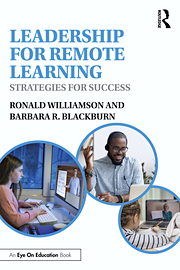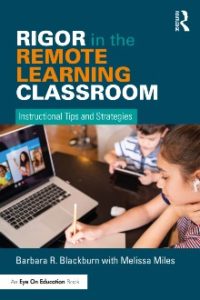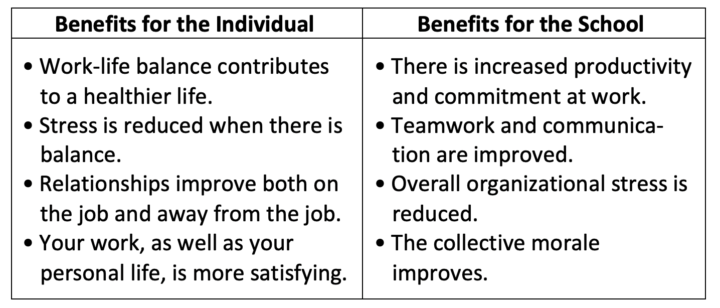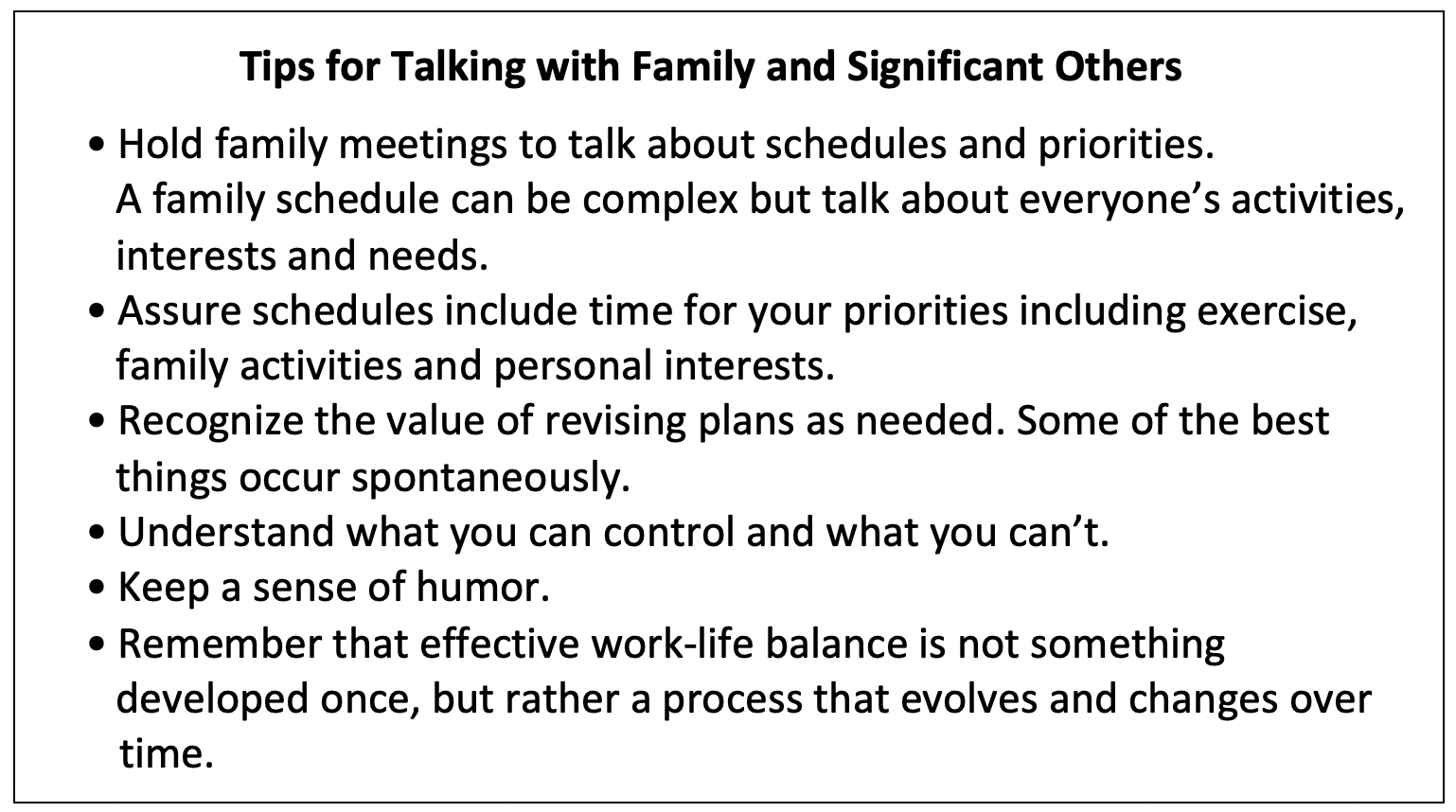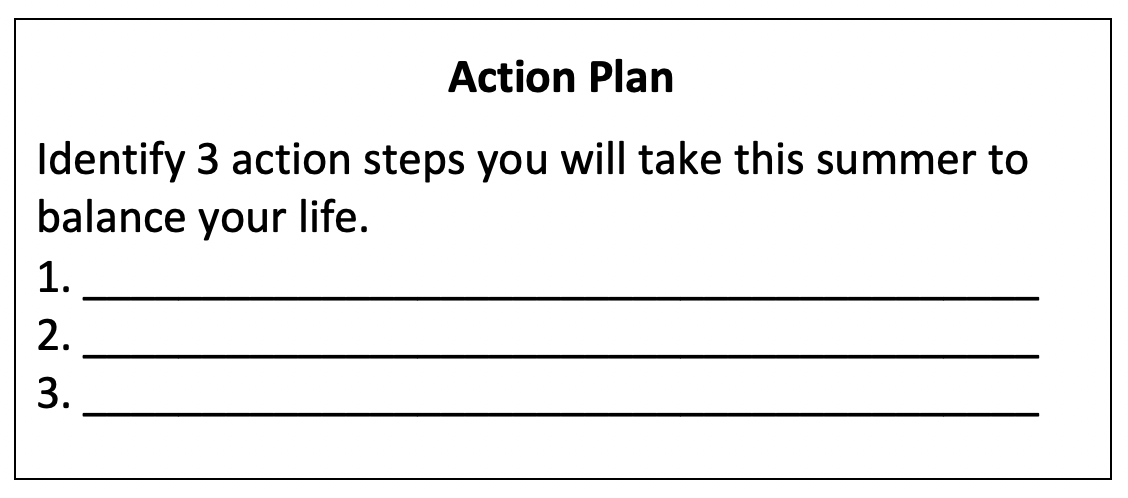Help Faculty and Staff Find Work-Life Balance
By Ron Williamson and Barbara R. Blackburn
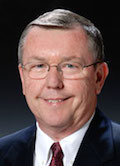
Ron
Across America the school year is coming to an end. What a year it’s been! A year ago who could have imagined the twists and turns as schools swayed between virtual learning, hybrid models and even full-time face-to-face instruction.

Barbara
The experience has varied significantly depending on where you live and work. But regardless of locale, the ambiguity and accompanying anxiety that marked this year could not be avoided.
This whirlwind of factors impacting schools has left teachers and principals tired, worn, and absolutely exhausted. So what can a leader do to support their staff at this critical juncture and help them relax, refresh and rejuvenate for the next school year?
Promote Work-Life Balance
Finding the balance between personal and professional responsibilities is a struggle for many educators. The job is complex. The day is long and expectations from both senior leadership in the district and from families and community contribute to the complexity (Whitaker, 1996). The infusion of technology has reinforced the idea that teachers and principals are available any time, any day of the week.
While the importance of work-life balance is well documented, there is no single strategy or approach that works for everyone. Balance, in the truest sense of the word, is not about compartmentalizing your life. It’s about being appropriately engaged with what you are doing in the moment (Allen, 2015).
Work-life balance doesn’t necessarily mean there is an equal division between the two. Individual interests, goals, obligations and commitments mean that the balance is more fluid and shifts over time. But the evidence is clear that work-life balance positively impacts individuals as well as the organizations where they work. Here’s a summary of the benefits.
What a Leader Can Do
As you plan for the end of the school year, be aware of the expectations you may place on teachers for work during the summer. That may involve professional development, curricular planning or other school improvement initiatives. Perhaps more than anything, schedule minimal or no Zoom meetings for staff during this time.
This year, more than most, teachers need personal space to devote to themselves and their families. It was an intense school year, and the break between semesters provides an opportunity to distance themselves from the multitude of challenges they faced.
What’s clear is that there is no single approach to work-life balance and there is no single approach to refreshing oneself over the summer break. Here are some tips we’ve gathered from teachers and principals about things you can encourage your staff to consider. If you’re a teacher, you’ll find the advice useful as well.
✻ Check out assumptions about work. We often set unrealistic standards for our own performance. For those working remotely, it’s easy to be pulled into a 24/7 workday. Effective leaders recognize the importance of work-life balance and how a lack of balance can negatively impact an individual’s work and the entire organization. They are clear that they don’t expect unrealistic work schedules (Chakravarty, 2011).
✻ Talk with family or significant others about priorities and schedules. Much of the stress about work-life balance is a result of tension with those we care about the most. Talking about the issues and being open to finding solutions helps lessen the stress (Graham, 2002). School and teacher leaders should talk with family and significant others in your life about things you can do during the summer break to change the pace and tempo of your schedule.
✻ Include time for yourself and your own personal interests as one of your goals. While it’s important to include family and others in your balancing work-life responsibilities, it is just as important to be attentive to your own needs. Be sure to allow time for adequate sleep and exercise. Make healthy choices about what, and when, you eat (Anderson, 2013). Spend some time with that hobby you keep meaning to pursue.
Finally, encourage faculty and staff to develop and action plan for the summer.
Allen, D. (2001). Getting things done: The art of stress-free productivity. New York: Viking.
Anderson, A. (2013). Work-life balance: 5 ways to turn it from the ultimate oxymoron into a real plan. Forbes Magazine. (Read here)
Chakravarty, D. (2011). Working out the balance. Business Today. (Read here)
Whitaker, K. (1996). Exploring causes of principal burnout. Journal of Educational Administration, 34(1), 60-71.
